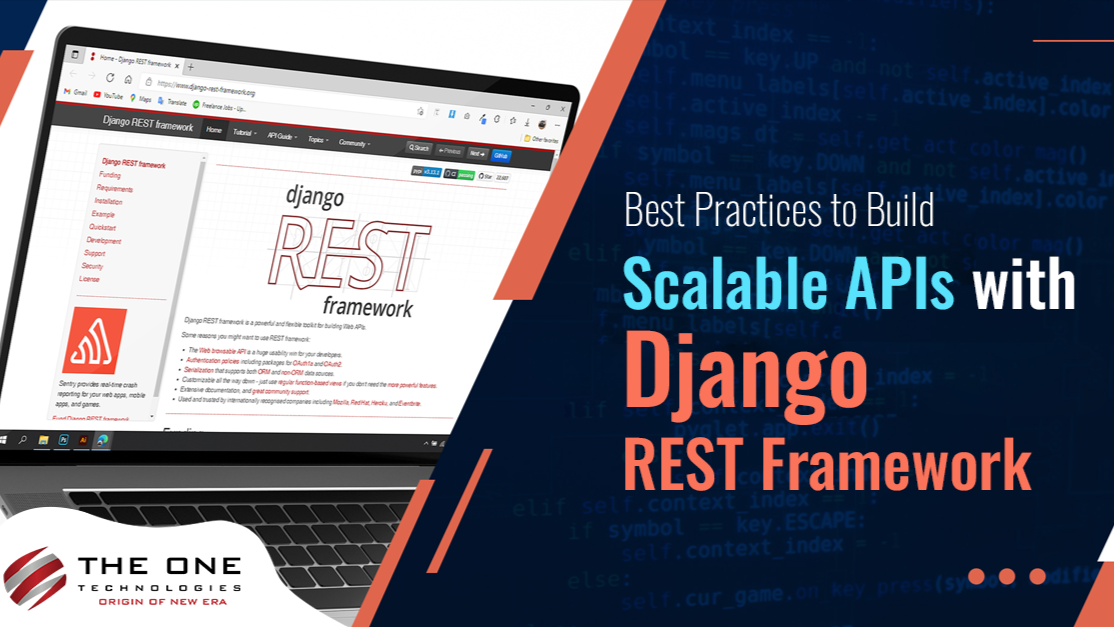
Best Practices to Build Scalable APIs with Django REST Framework
The #Django #RESTFramework (DRF) is a widely used framework for creating #PythonAPIs. It is well-known for its #power, #flexibility, and ease of use, which makes it simple to create reliable APIs that can grow to accommodate higher traffic volumes and more complicated features. But as your application expands, it becomes increasingly important to make sure your API is still scalable. Here are some best practices for using the Django REST Framework to create scalable APIs.?
#1. Design Your API with Scalability in Mind?
Before writing any code, carefully design your API to accommodate future growth. This includes thinking about:?
?
#2. Optimize Database Queries?
#Databasequeries are often the most significant bottleneck in #APIperformance. Optimize your queries using the following #techniques:?
?
#3. Use Caching for Frequently Accessed Data?
#Caching is a critical tool for building scalable APIs. By caching responses, you can avoid hitting the database on every request, thus reducing load and improving response times. Django provides built-in caching mechanisms like #Memcached and #Redis, which can be easily integrated with DRF. Some popular caching strategies include:?
?
#4. Asynchronous Task Management?
APIs that handle long-running tasks (such as sending emails, generating reports, or processing large files) can become sluggish if the requests wait for these tasks to complete. Use asynchronous task queues like Celery to offload these tasks, allowing your API to respond faster. Celery can be integrated with Django to manage background tasks efficiently.?
#5. Implement Security Best Practices?
As your API scales, security becomes increasingly important. Some essential security practices include:?
?
Conclusion?
Building scalable APIs with Django REST Framework involves meticulous #planning and adherence to #bestpractices such as optimizing #databasequeries, implementing caching, offloading long-running tasks, and ensuring #robustsecurity. As a leading Python development company, applying these strategies will ensure that your API maintains high #performance and #reliability, even as your user base expands, thereby delivering a seamless #experience for your clients.?
For more insights and tailored advice on building scalable APIs, connect with me today at https://www.dhirubhai.net/in/kiranbeladiya/ ! Let's discuss how we can leverage these strategies to enhance your API’s performance and drive your success.?
#DjangoREST #PythonDevelopment #WebDevelopment #SoftwareEngineering #BackendDevelopment #APIOptimization?